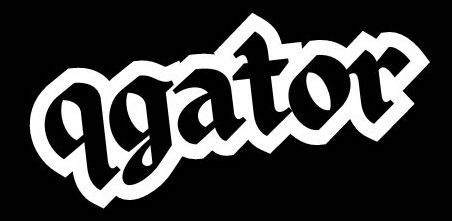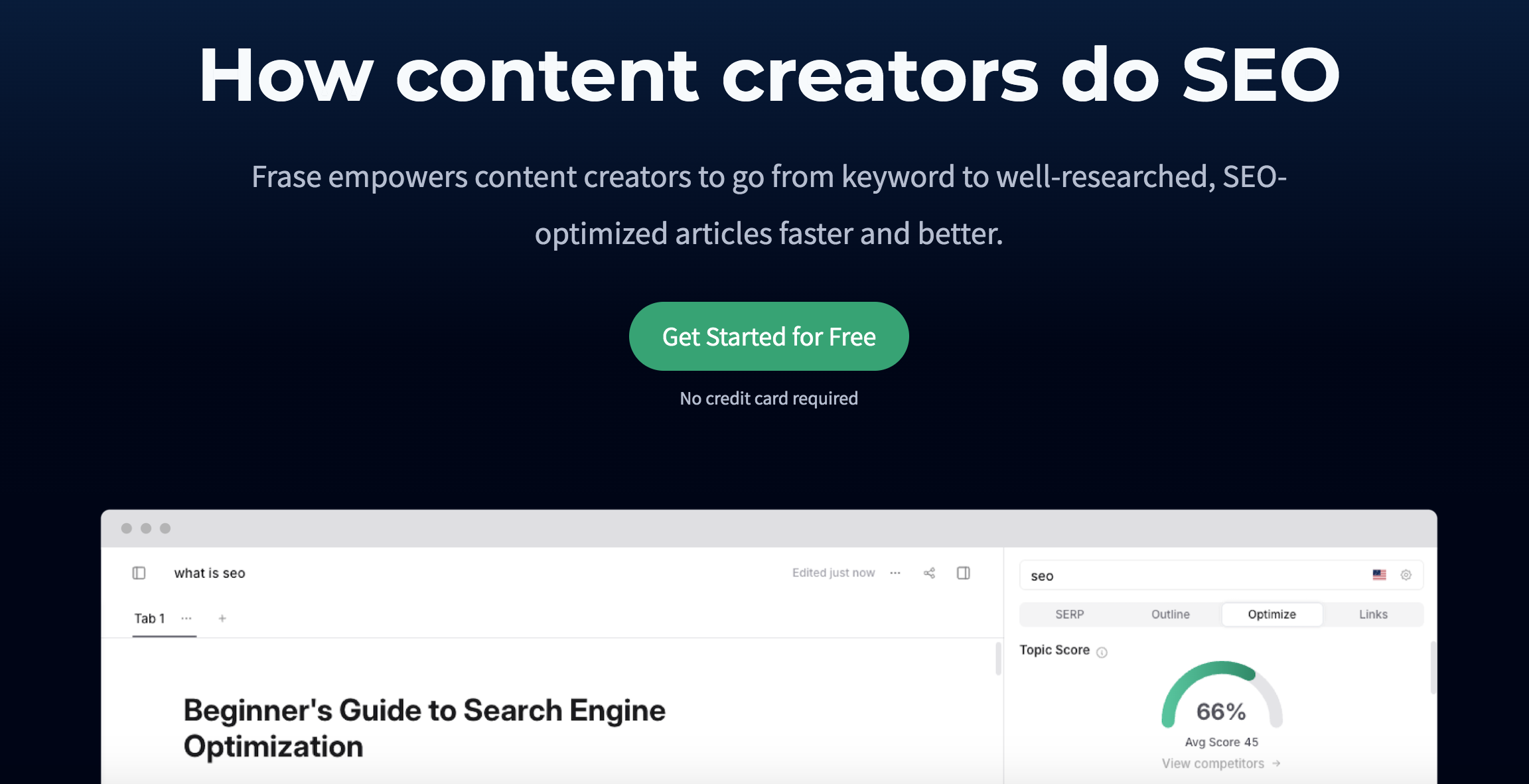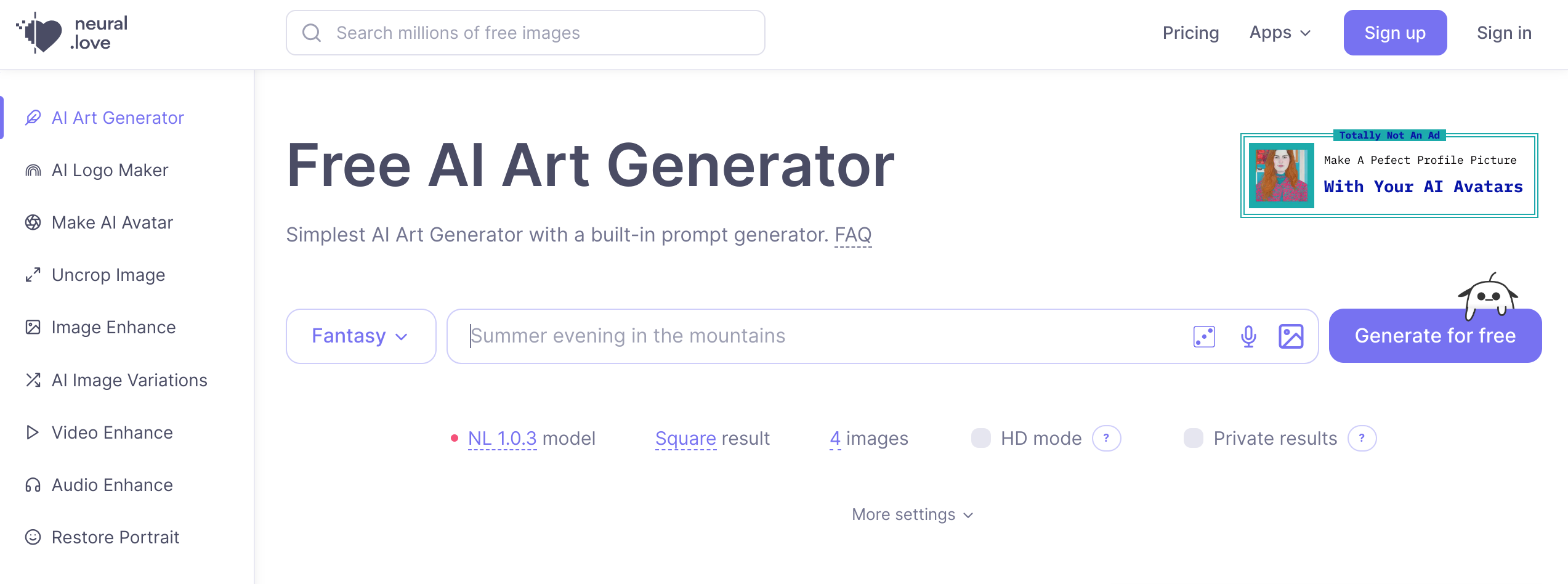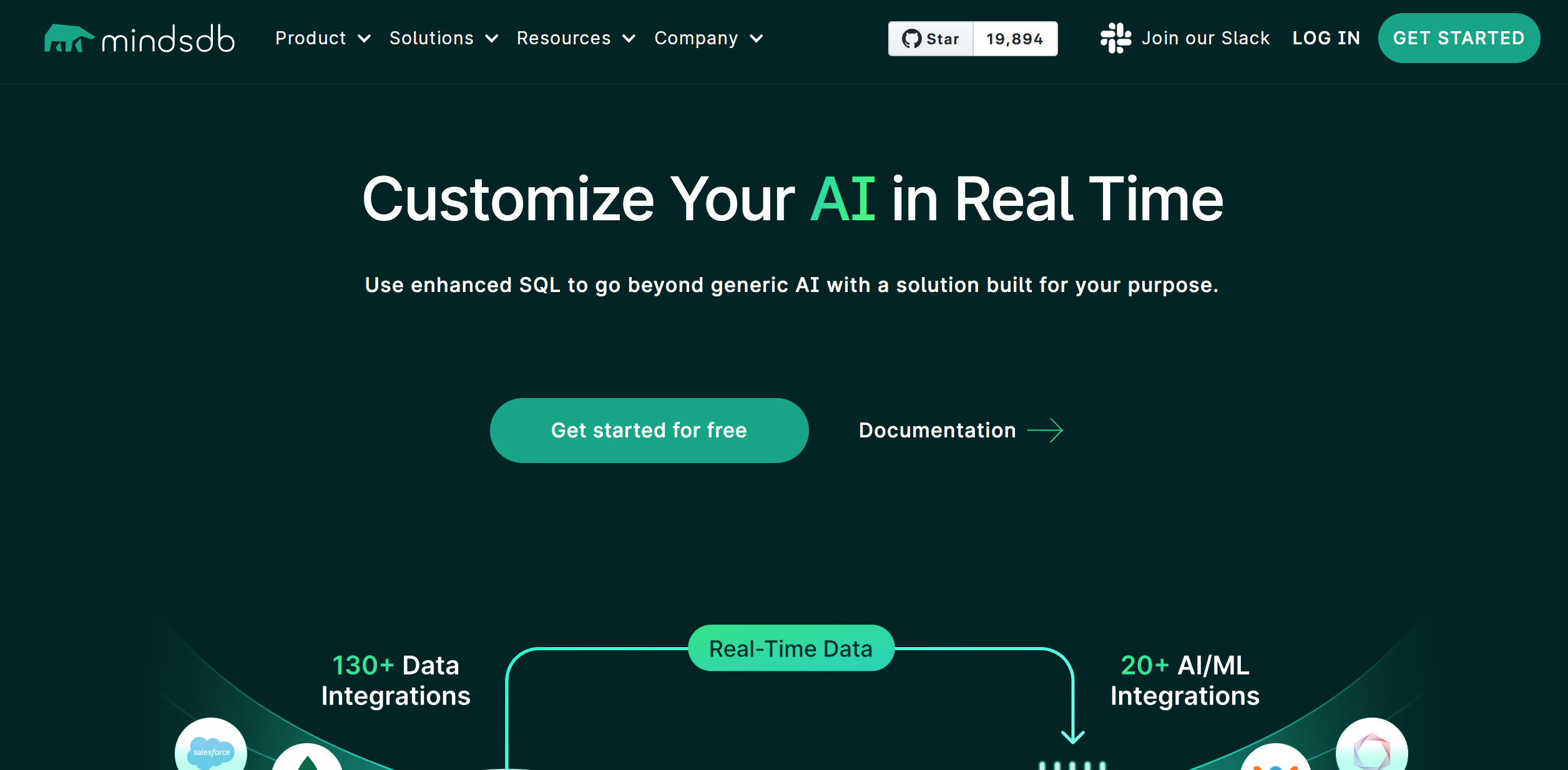Introduction
Web3, also known as the decentralized web, is an emerging technology that has the potential to change the way we interact with the internet. Unlike the traditional web (Web2), which relies on centralized servers, Web3 is based on decentralized infrastructure that is owned and operated by a distributed network of nodes. Decentralization is the core feature of Web3, and it offers several benefits, which we will discuss in this article.
What is Decentralization?
Decentralization refers to the distribution of power, control, and decision-making across a network rather than having a central authority or a single point of control. In the context of the internet, decentralization means that data and services are stored and shared across a network of computers instead of being stored on centralized servers owned by a single entity.
How Web3 is Decentralized
Web3 is decentralized through the use of blockchain technology. Blockchain is a distributed ledger that records transactions and stores data across a network of nodes. Each node in the network has a copy of the blockchain, which is constantly updated to reflect the latest transactions.
In Web3, blockchain technology is used to create decentralized applications (DApps) that operate on a distributed network of nodes. These DApps are built on top of a blockchain, and they can be used to provide a range of services, including financial transactions, data storage, and social networking.
Benefits of Decentralization in Web3
There are several benefits of decentralization in Web3, including:
- Security: Decentralization provides increased security by removing the single point of failure that exists in centralized systems. In a decentralized system, data and services are distributed across a network of nodes, which makes it much harder for hackers to attack the system.
- Privacy: Decentralization provides increased privacy by allowing users to control their data and keep it away from centralized servers. In a decentralized system, users have full control over their data, and they can choose who to share it with.
- Transparency: Decentralization provides increased transparency by allowing users to see how data and services are being used. In a decentralized system, transactions are recorded on a public ledger, which allows users to see how data is being used and who is using it.
- Reliability: Decentralization provides increased reliability by making the system more resilient to failure. In a decentralized system, there is no single point of failure, which means that the system can continue to operate even if some nodes go offline.
- No Single Point of Failure: Decentralization provides increased resilience to attacks by removing the single point of failure that exists in centralized systems. In a decentralized system, there is no single point of failure, which means that the system can continue to operate even if some nodes go offline.
- Cost-Effective: Decentralization provides increased cost-effectiveness by reducing the need for expensive infrastructure. In a decentralized system, there is no need for centralized servers, which can be costly to maintain.
Challenges of Decentralization in Web3
While decentralization provides several benefits, there are also several challenges that need to be addressed. Some of the main challenges of decentralization in Web3 include:
- Technical Complexity: Decentralization can be technically complex to implement and requires specialized knowledge in areas such as cryptography, networking, and distributed systems. This complexity can make it difficult for developers to build decentralized applications, which can slow down the adoption of Web3.
- Lack of Standards: Decentralization is still a relatively new concept, and there are no established standards or best practices for building decentralized applications. This lack of standardization can lead to interoperability issues between different decentralized applications, which can limit the functionality of the Web3 ecosystem.
- User Experience: Decentralized applications can be challenging for users to navigate and understand. The user experience of decentralized applications can be complicated, which can make it difficult for non-technical users to adopt them.
- Scalability: Decentralized systems can struggle to scale as the number of users and transactions increases. This can lead to slow transaction times and higher transaction fees, which can limit the usability of Web3 applications.
Conclusion
Decentralization is a fundamental feature of Web3 that provides several benefits, including increased security, privacy, transparency, reliability, no single point of failure, and cost-effectiveness. However, there are also several challenges associated with decentralization, including technical complexity, lack of standards, user experience, and scalability. As the Web3 ecosystem continues to develop and mature, it is likely that these challenges will be addressed, and the benefits of decentralization will become more apparent. Overall, decentralization has the potential to revolutionize the way we interact with the internet and create a more open and equitable digital economy.

















